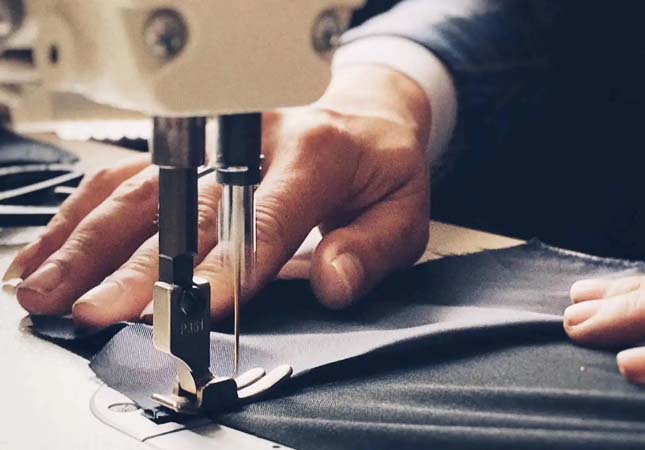Recently, the instability of the RMB exchange rate, the continuing rising costs of labor, raw material and textile machine such as fabric strip cutting machine made some tiny and medium-sized enterprises in the apparel industry have difficulty in development. The apparel industry belongs to the textile industry that is labor-intensive and needs to be thoroughly analyzed for solving the surviving difficulties.

Current Static of China Apparel Industry
1. Unbalanced Development
Although China is the world's largest apparel consumer and producer, the overall development of China's apparel industry is extremely uneven. Nearly 80% of the clothing market share has been occupied by the clothing products that are produced by Guangdong, Jiangsu, Zhejiang, Shandong, Fujian, Shanghai and other southeastern coastal provinces. While the garment industry in the central and western regions is still extremely backward with their competition remaining at a low level, that is, the main garment enterprises of central and western areas still sell on the basis of the large circulation of the wholesale market. The brand awareness of apparel enterprises has been continuously strengthened in recent years, but only a few well-known Chinese brands are famous both domestic and overseas. There is still a lack of international clothing brands in the true sense. The most mature with international competition clothing brands in China are men's clothing brands such as men down jackets, men casual wear. They have strong brand ability and a competitive production scale. However, the market for women's fashion, children's wear, pajamas and other markets is relatively immature, and there is still a lack of strong leading brands.
2. Growing Storage Pressure
If all clothing companies in China now stop producing clothing, Chinese people don’t have to worry about the difficulty of reducing clothes because of the huge stock of clothing of each apparel enterprise, which is sufficient to be sold on the market for 2 years without fresh production.
With the development of the clothing industry, most enterprises doubled their sales in a very short time, but the cash on their account remains at the original level because of the obvious seasonality and the rapidly changing speed of clothing products. Most of the clothes company’s earnings have to be used as storage cost of their clothing products. The inventory problems have become one of the most headaches for clothing companies. Failure to deal with the backlog will only lead to further depreciation or even worthlessness of the inventory, but selling at a low price also has a great impact on the brand image and will make consumers doubt the price system of the products.
3. Lack of Independent Design Style
Designing is the common weakness of Chinese clothing enterprises, with the lack of fashion design development and the reduction of fashion designers in China. Numerous companies still rely on plagiarism, which makes it tough to form their own product style. Domestic clothing companies lack a perfect designer training mechanism. And numerous talented designers are more accustomed to creating their own brands or opening design studios to start businesses, rather than showing their talents by working enterprises, which makes China's clothing design standard cannot reach a high level.
4. Lack of Professional Talents
Those who have been working in the clothing industry will surely realize that the overall talent team in the clothing industry is really poor. Whether it is production management or design, marketing, advertising, etc. The clothing industry is mostly private enterprises, numerous of them started by couples and numerous enterprises cannot provide a broad stage, attract these talents to join, and even cannot remain their talents.
5. The Unsound Industrial Chain
Fabrics are the key to clothing products, but the domestic fabric suppliers currently in the upper reaches of the industrial chain still have a long way to go compared to foreign fabric suppliers. The fabric research and development capabilities are insufficient, and most superior-quality fabrics still rely on imports. It directly restricts the improvement of the entire industry level.




